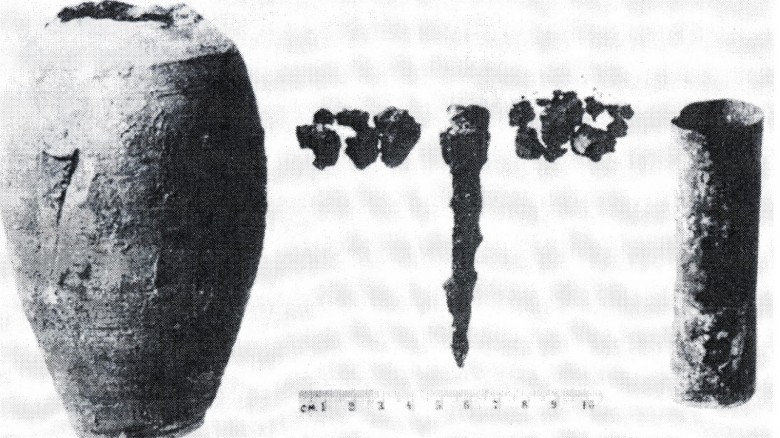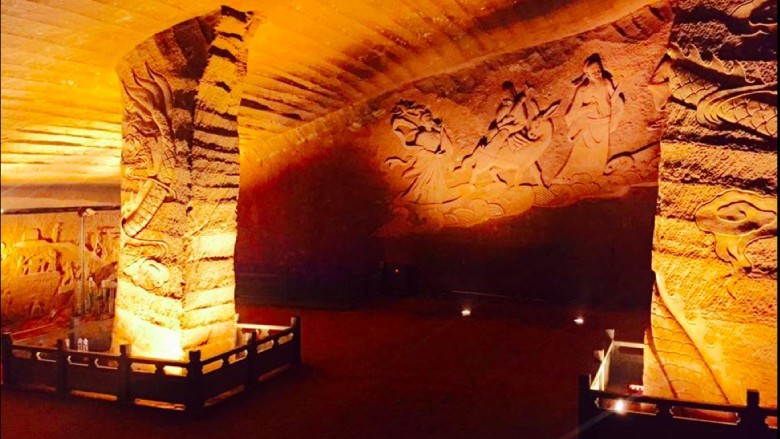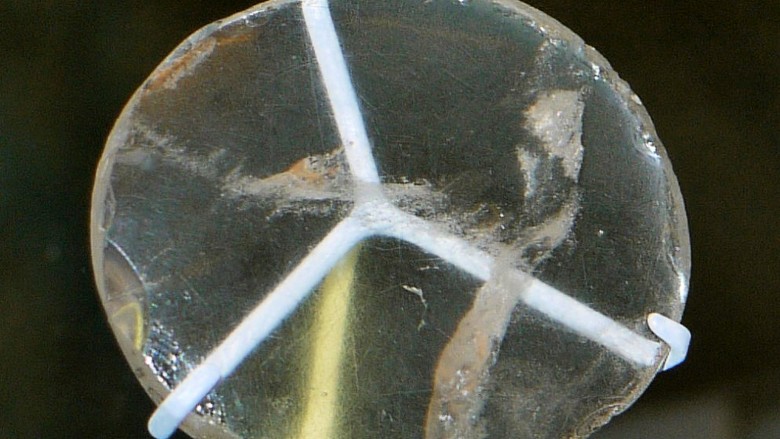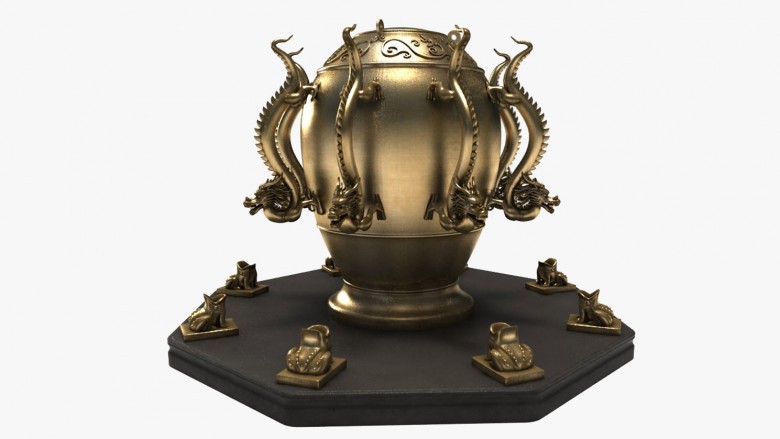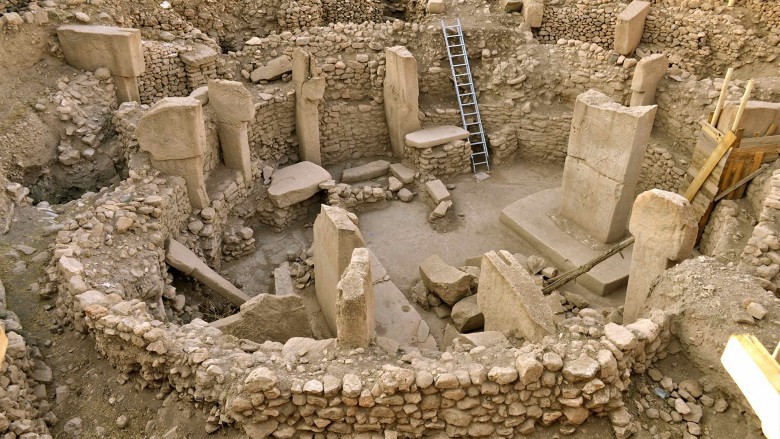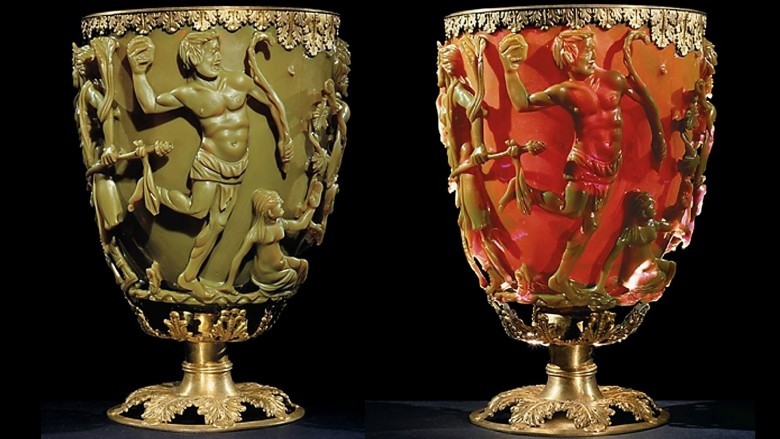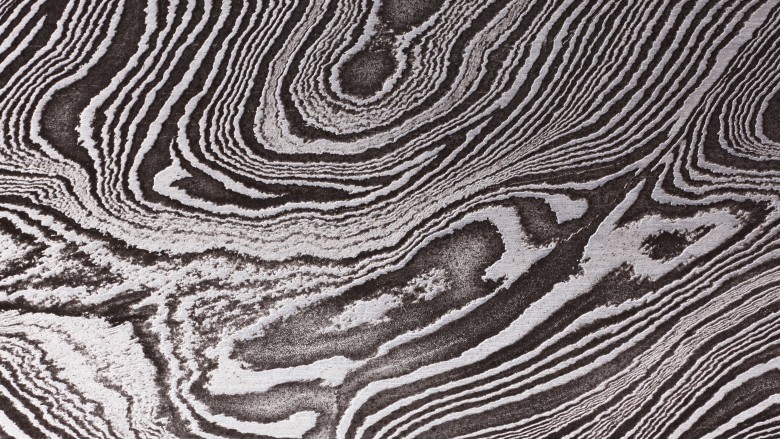Evidence That Ancient Civilizations Had Advanced Scientific Knowledge
You might think that we have achieved our great and mighty technological empire in the 21st century without much help from our ancient ancestors, but that's simply not the case. Everything we now know was built off the work of the people who came before us, and they may have been even more scientifically advanced than we previously thought.
The Baghdad Battery
Batteries are everywhere. You probably have more than one on you right now. There's one in your phone, and if you're wearing a watch ... well, you get the idea. But they might not be modern inventions. Some scientists think the first battery was invented in modern-day Iraq around 250 BCE. The so-called "Baghdad Battery" was found in Khujut Rabu, just outside of Baghdad in 1938, and is composed of a large, clay jug with a stopper made of asphalt. Within the jug is an iron rod surrounded by a copper cylinder, which, when filled with vinegar or other electrolytic liquid, produces approximately 0.8-2 volts of electricity, according to studies done on replicas.
Functionally, the battery is pretty much exactly like the batteries we use today, though it is of course somewhat cruder in design and output (1 volt won't charge jack these days). You are probably asking why an ancient civilization had a use for a battery in the first place, if the Baghdad Battery is, indeed, a battery. It's not like they needed to juice up their cell phones or anything, right? Well, just because modern folks didn't come to understand electricity for hundreds of years doesn't mean these jars didn't serve a function.
It is possible that these batteries were used to create an electrostatic charge used in the process of electroplating. That's a process used to make liquid metals like gold, silver, or chromium adhere to a surface in the process of gilding. We still do it today, just with somewhat more sophisticated ways of generating electricity. And you thought that potato battery you made in the 5th grade was pretty cool.
The Iron Pillar of Delhi
Pillars aren't generally indicative of scientific advancement in ancient cultures. Sure, the first use of the architectural structure was a big deal, but by the time the Iron Pillar of Delhi came around, they were pretty much played out. The reason this particular pillar is interesting to modern scholars is because even though it is made of iron and more than 1,600 years old, it does not rust. That should not be the case — ask anyone who scrapes rust off metal structures around the world, and they will tell you: iron rusts. How, then, is this millennia-old pillar standing tall at more than 22 feet, but isn't rusting? Even your crappy car from high school has rust on it.
The prowess of ancient Indian metalworkers may have kept this pillar standing the test of time, and the elements. The pillar isn't exactly unique, either, but stands as a great example of their technological innovation when it came to iron-working. There are similar pillars at Dhar, Mandu, Kodachadri Hill, and Mount Abu, as well as a number of iron cannons that have not rusted. Artifacts like this are evidence of the knowledge that has been lost over time, which makes you wonder what else could we have forgotten, and why can't we make something as simple as a paperclip that won't rust?
The Longyou Caves
Back in the day, our ancestors had to hole up in caves to keep dry and away from the eyes of hungry beasts. After some time, we figured out how to make those caves bigger using tools, and eventually we even came to bore giant holes through mountains and under the sea to create massive tunnels. That's certainly an achievement, and a testament to modern technology ... but we wouldn't be talking about caves if there wasn't one that was so impressive, its existence defies explanation.
The Longyou Caves were discovered in 1992 when a local villager decided to pump some water out of a big hole in the ground. To his astonishment, he discovered a cave that was massive, hand-carved, and linked to several others. In total, there are 24 known caves, all hand-carved, dating back to between 500-800 BCE (that's more than 2,500 years old). Many of the rooms are symmetrical, and have carvings of horses, fish, and birds representing the land, sea, and air. The rooms themselves are, as the 45th President of the United States would say, "Yuge," many almost 100 feet tall.
It's not so much that the ancient Chinese carved out some caves, it's the sheer size of them and the volume of rock they removed that just doesn't make any sense. It has been estimated that they would have had to remove more than 1 million cubic meters of stone to create these caves, and since there is no record of them, we don't even know why they did it. Too bad they are tourist attractions these days — the raves we could hold in there would be legendary.
The Nimrud Lens
When it comes to ancient artifacts like the Nimrud Lens, it can get a bit tricky trying to sort out what their original use was. When you look at it, you see a small lens made of a natural crystal. Of course, the Assyrians didn't just happen upon a crystal 3,000 years ago, and then we came to find it buried in their stuff a millennia later. The Nimrud Lens was clearly grinded by artificial means to create a disc with the equivalent magnitude of a 3X optical lens.
These days, if you need a lens like this one, you can usually find a place that can hook you up in about an hour, but this thing was crafted between 750 and 710 BCE. Like any artifact that just doesn't look like it fits with the time it comes from, scholars have debated about what it was supposed to be used for. Some believe it was used as a magnifying glass for the purpose of intricate carving, while others think it may have been used as a fire starter, or even as part of an ancient telescope. Our bet is that some Assyrian kid used this thing to burn ants by focusing sunlight, since that's what we would use it for, but the jury is still out on that one.
Chinese earthquake detector
A Scottish physicist invented the modern seismograph in 1841, but he may have been a little late to the party. The Chinese created a machine that supposedly detected earthquakes all the way back in 132 CE. The device was created by an inventor from the Han Dynasty named Zhang Cheng so earthquakes, a sign from heaven in ancient Chinese culture, could be detected anywhere in the kingdom.
The device was a large bronze vessel nearly six feet in diameter. It had eight dragons facing down alongside the cardinal directions. Each dragon pointed to a toad with a gaping mouth that could receive a small bronze ball released from a dragon's mouth. It's unknown exactly how the device worked, but scientists speculate that a tremor would cause something in the center of the device, possibly a small stick or pendulum, to fall in the direction of the quake and knock a ball down a chute.
In 138 CE, the device allegedly dropped a ball indicating a quake to the west of Luoyang, the capital city at the time. Nobody believed the device worked, because a quake wasn't felt in Luoyang ... but then a messenger arrived a few days later, telling of a quake further to the West. If the story is true, mankind invented a device to detect earthquakes and then completely forgot how for over 1,700 years ... which totally sounds like something mankind would do.
Göbekli Tepe
This remarkable find has proven once again that we have long underestimated our ancient ancestors, and no, it's not because of the ladder you see in the picture. Göbekli Tepe is the oldest known build site in human history, and may represent the oldest temple of any kind ever created. The reason the find is so amazing and proves the ingenuity of our ancient counterparts is the detailed stonework done on giant pieces more than 12,000 years ago.
Researchers originally thought the site was little more than a medieval cemetery, but further scrutiny (and radiometric dating) indicated the site is far older and much more important than the final resting place of a bunch of wandering Crusaders who perished in Turkey.
Göbekli Tepe is also located on a hill more than 1,000 feet above the adjacent valley, and is likely the first ceremonial or spiritual site every constructed ... at least, that we have found so far. The megaliths found in the Tepe were carved or placed 6,000 years before Stonehenge was assembled, and this was all done by a people that had yet to create metal tools or even pottery. Think about that for a moment, and look at the rocks in the pic. Could you carve those giant stones just using smaller stones?
The Lycurgus Cup
The Lycurgus Cup dates back to around the 4th century CE, and it depicts a scene where Lycurgus is entrapped in branches while Dionysos, Pan, and a satyr torment him. Visually, it's a beautiful piece on its own, but aesthetics aside, the green glass hides a secret. Within the glass are millions of impossibly small fragments of gold and silver, resembling modern nanotechnology, that have an interesting property. Depending on the angle that light hits the cup, and the position of the observer, the electrons in the metal flecks vibrate in such a way as to alter the color of the glass. When a light is properly shone through it, the green glass turns to various shades of red.
This type of manufacturing and artistry was not known to exist 1,600 years ago, and its discovery may even lead to innovations in modern science, such as improvements in mobile lab work. It seems discovering at least a small part of the future of nanotechnology required a detailed analysis and study of a Roman cup made just four centuries after the birth of Christ ... and they probably used it to guzzle wine.
Damascus Steel
Damascus Steel dates back to sometime around the 3rd century, coming out of Syria's burgeoning weapons market, and continued until sometime in the 17th century. The method of making Damascus Steel was lost in the 17th century, though some modern metallurgists believe they may have figured out how it was done. It's easy to recognize the intricate pattern that is endemic to all Damascus Steel blades. The patterns resemble flowing water, and are individually unique. The steel is also incredibly tough, making it shatter-resistant, and is able to hold its sharp edge far longer than traditional steel.
Modern analysis of several blades has found the existence of carbon nanotubes. These tubes help to make the blades both superplastic and incredibly durable. The nanotubes appear to be the result of using wood fibers in the manufacture of the steel wootz ingots that went into making Damascus Steel, but it wasn't until 1991 that modern science even knew of the existence of carbon nanotubes. The Syrians who made these blades didn't know about these nanotubes either — let's be real for a second — but they were making them and using the results of that labor for 1,600 years before we thought to take a peek and see what was going on with carbon at the nano scale.
Blades made from Damascus Steel are still highly sought after by collectors, and it's clear why. Even though the last blade was manufactured hundreds of years ago, they are still superior to most grades of steel used in large-scale manufacturing today. They also look really friggin' cool, and make your friends super jealous.
Eolipila, an ancient Greek steam engine
The first practical steam engine was patented in 1698 by Thomas Savery, but it wasn't until James Watt's patent in 1781 that it really became a useful product. You might have heard of the Industrial Revolution? We can thank Watt's engine for much of that, but we aren't concerned with something invented in the last few centuries ... not when the Greeks invented a working steam engine back in the 1st century CE. When you watch the video above, it's pretty easy to see how it works. Water is in the bulb, which is heated at the base. Towards the top are tubes positioned so that they rotate the engine on an axis when steam is released from them, producing torque.
The device was first described by Hero of Alexandria in the 1st century, though its use is unknown. It may have been nothing more than a temple oddity, or even a device to study the effects of steam and the natural laws of the universe. Imagine what the world would be like today if they just figured out how to stick a wheel or four on it back then. We could be cruising around in some serious steampunk cars. Oh well ... these mass-produced gas-guzzlers will have to do.

